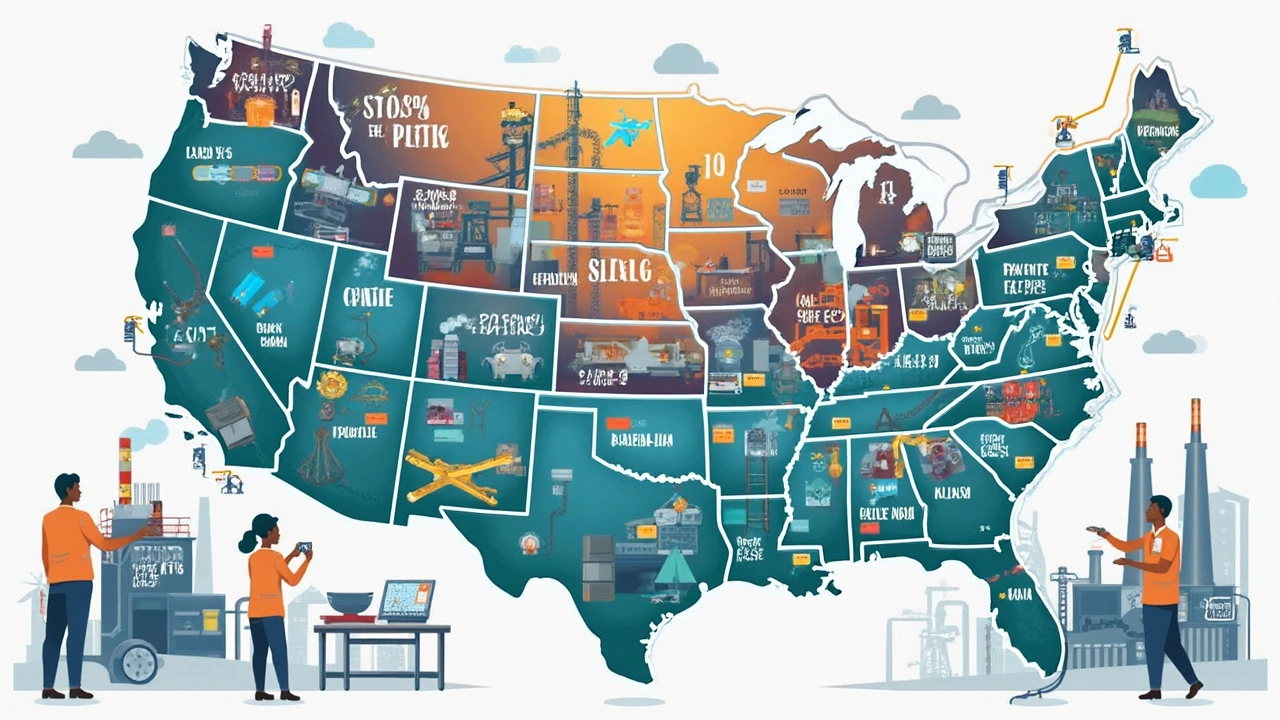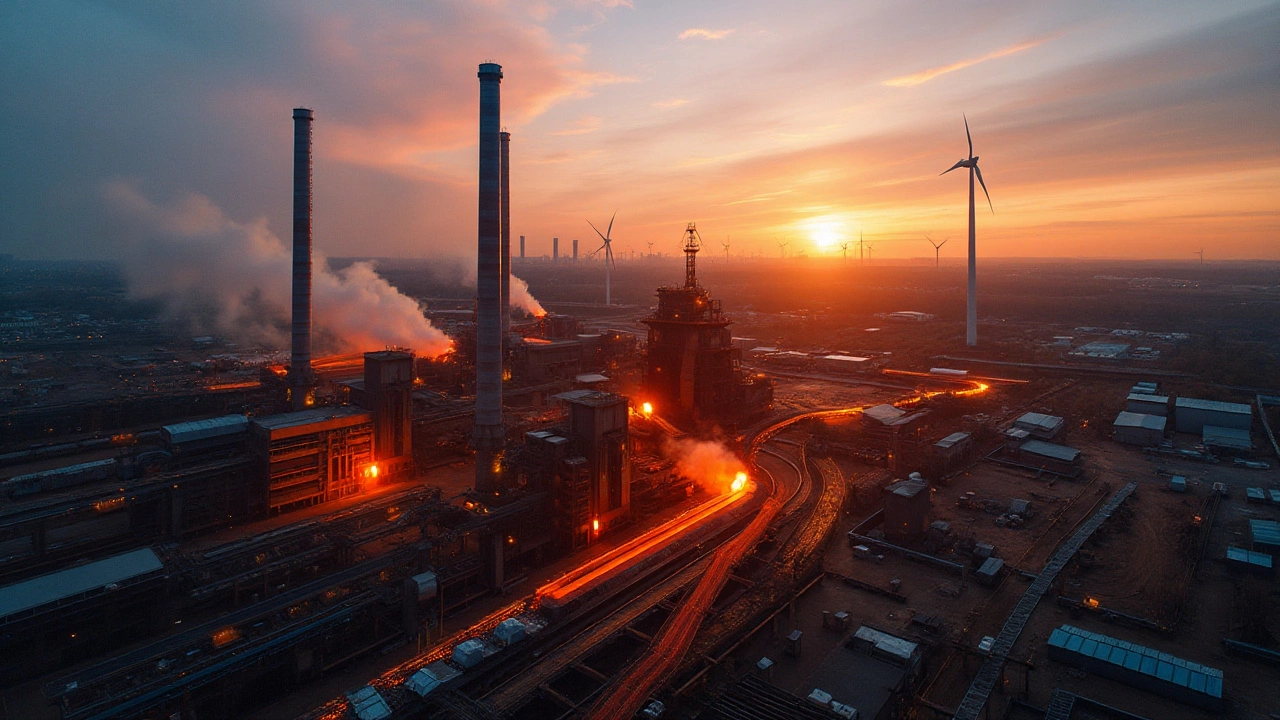American Industry: What Makes the US Manufacturing Powerhouse Tick?
When you think of big factories, iconic skylines and massive export ships, the United States pops up fast. From rust‑belt steel towns to high‑tech pharma labs, American industry covers a huge range of products and services. In this guide we’ll break down the biggest sectors, how they grew, and why they matter for anyone watching global manufacturing trends.
Core Sectors That Define the US Market
The first name that comes to mind is steel. Cities like Pittsburgh earned the nickname “Steel City” because they once supplied most of the nation’s rails, bridges and cars. Even though the industry shrank in the 80s, it’s bouncing back with modern plants that focus on higher‑grade alloys and greener processes.
Machinery is another pillar. The US imports a lot of heavy equipment, but it also exports high‑precision tools, aerospace parts and robotics. Data from 2024 shows that the top five supplier countries for US machinery are Germany, Japan, Canada, Mexico and China. Knowing where the parts come from helps businesses plan supply chains and avoid bottlenecks.
Pharmaceuticals have become a global headline, especially after the pandemic. The US not only produces drugs for its own market but also exports generics to Europe and Asia. Companies like Pfizer and Moderna lead in research, while a growing number of Indian and Chinese manufacturers are entering the US supply chain under strict FDA rules.
How American Industry Connects with the World
Trade deals shape the flow of goods across borders. The US‑Mexico‑Canada Agreement (USMCA) keeps automotive parts moving quickly across North America, letting factories source components from neighboring plants without high tariffs. Meanwhile, the US still pulls in raw materials from places like Brazil (iron ore) and Australia (aluminum) to keep its factories humming.
Technology adoption is another link. American factories are early adopters of IoT sensors, AI‑driven quality control and renewable energy solutions. Small‑scale producers can now use cloud‑based platforms to monitor production lines in real time, cutting waste and boosting profit margins.
If you’re thinking about entering the US market, focus on compliance and local partnerships. Regulations around emissions, worker safety and product standards are strict, but they also level the playing field. Partnering with an established US distributor can help you navigate customs, certifications and the ever‑changing tax landscape.
Overall, American industry is a mix of legacy heavyweights and fast‑growing tech innovators. Whether you’re a supplier, investor or a curious reader, understanding the key sectors, trade patterns and regulatory environment will give you a clear picture of why the US remains a manufacturing heavyweight on the global stage.

Where is Plastic Made in the US? Your Map to American Plastic Manufacturing
Ever wondered where all the plastic items you use every day actually come from? This article maps out the main hubs for plastic manufacturing in the US, shining a light on the states and cities that shape the plastic industry. You’ll learn what types of plastics get made where, discover some big-name companies behind your household goods, and pick up tips for connecting with local suppliers. Get ready to see the everyday plastic around you in a totally new way.

American Steel Production: A Resilient Industry on the Rise
American steel production remains a vital component of the country's industrial backbone. Although the industry has faced challenges, including international competition, it has adapted through innovation and sustainability efforts. This article explores the current state of steel manufacturing in the USA, offering insights into key players, technological advancements, and the future of the industry. Discover how American steel makers are balancing economic pressures with environmental responsibilities to maintain their competitive edge.

